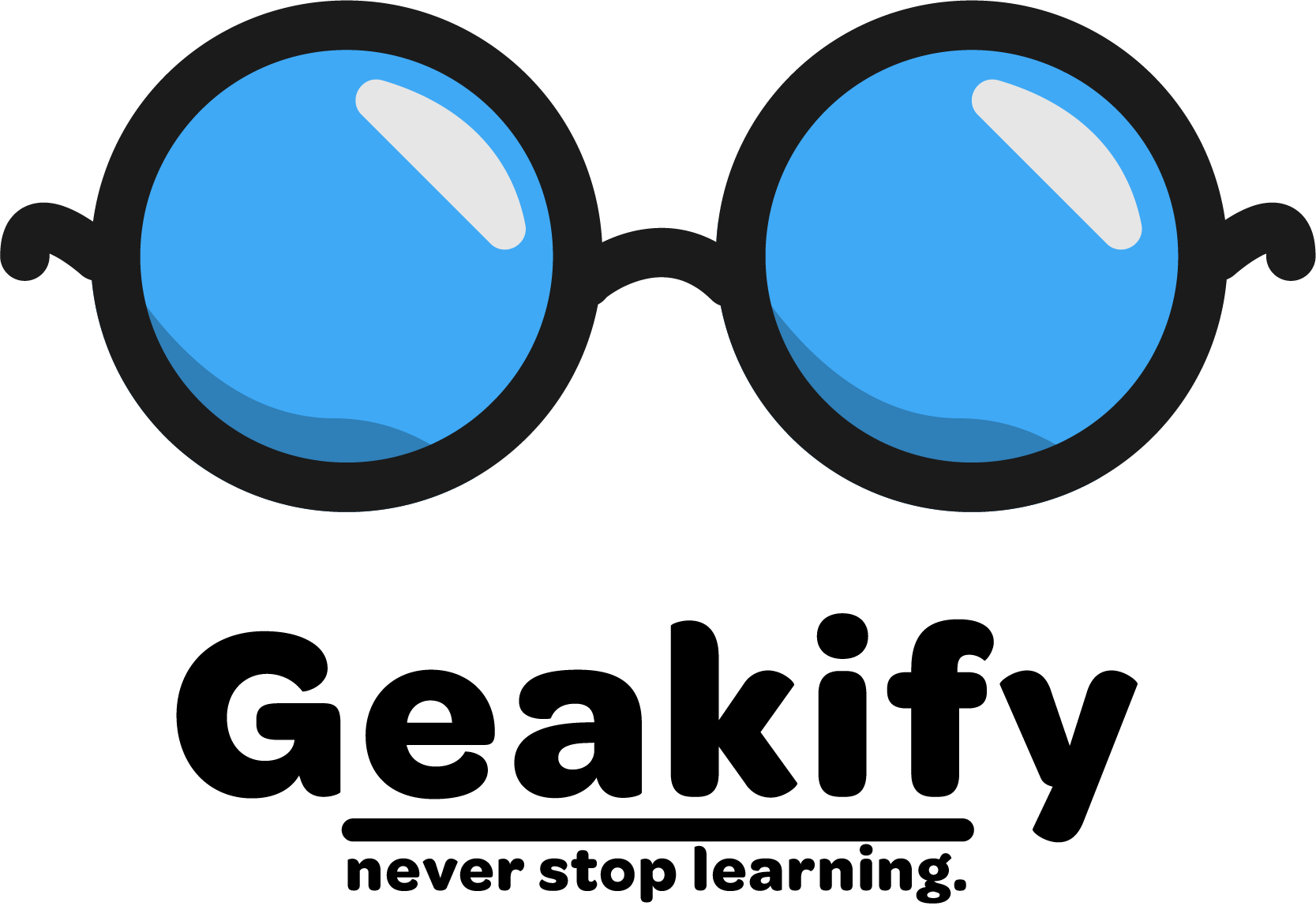How To Build a Studio For Less Than 1,400$ 💵 (2022).

If you've ever dreamed of making your own studio to record with, look no further than this short article.
In the beginning of 2019 I decided I wanted to create music. Very original, I know. I had already dabbled in music production already, so I kind of knew what I was doing.
My only problem was that I also wanted to rap or sing on top of my beats, and my gaming setup just didn't provide me with the tools i needed. I was then lucky enough to be able to build a studio at where I work with the help of a few colleagues. Here's how we did it.
🔇 Soundproofing
I knew that I needed some acoustic foam for the walls. A go-to store for me when it comes to music equipment has always been Gear4music.no. They’re Norwegian, so for me there was no reason to look further than their AcouFoam plates costing about 6$ each.
Since the room was about 10² we needed at least twenty of the acoustic plates (and even that felt a little short) in order to cover the middle section of each wall. That adds it up to just around 120$.
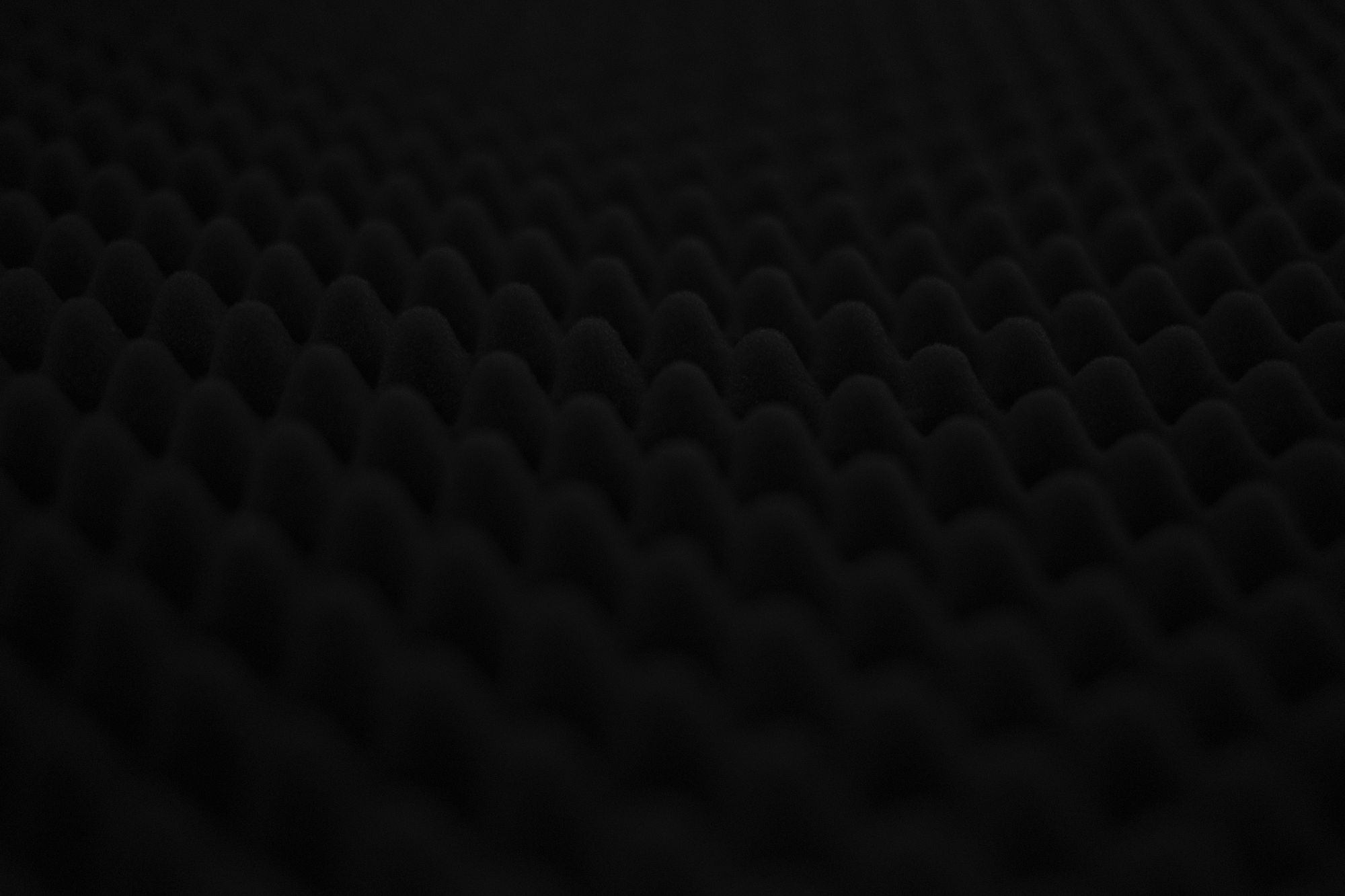
💻 Audio Interface
As soon as the walls were covered in cool looking foam, it already started to feel like a studio. However, no studio will make do without an audio interface, and the one I bought might not come as a huge surprise to some of you.
It’s the Scarlet Focusrite 2i2 (2nd Generation). I got this from the same store (not sponsored), and it set me back just over 100$. The best part about the deal was that I also got a headset, a microphone (although we’re not sticking with that), and a microphone cable!
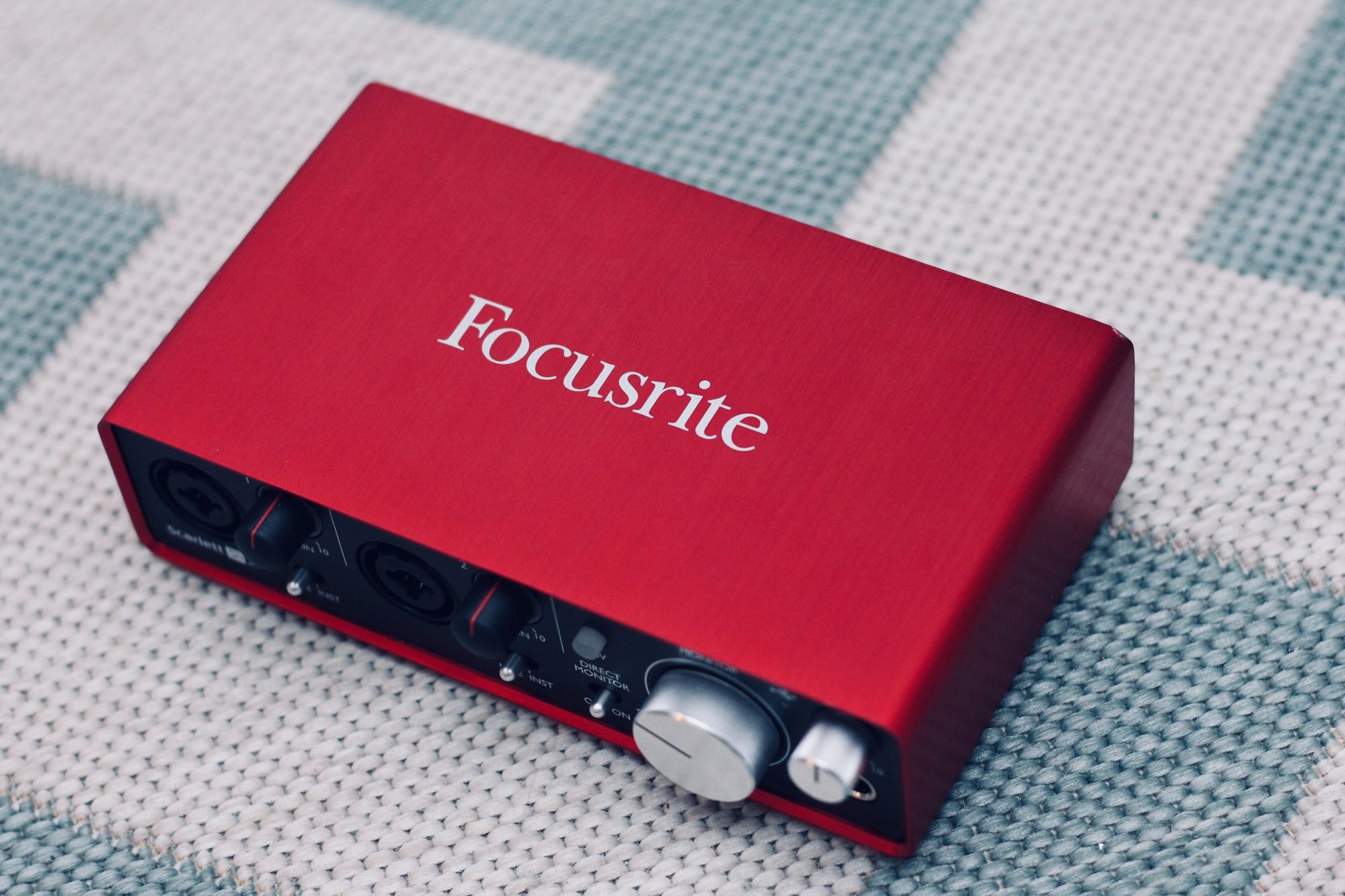
🔊 Speakers
When it came to speakers, I knew I had to be picky. I also knew that I didn’t have a clue what I was looking for, as my knowledge on the area was limited at best.
A friend tipped me about a set of speakers which not only looked cool but sounded professional too. The Rokit 8 G4 by KRK Systems. The speakers looked sleek and had very few settings on the back, which calmed me as I wouldn’t know which knob to turn if my life depended on it. And price? Just over 800$.
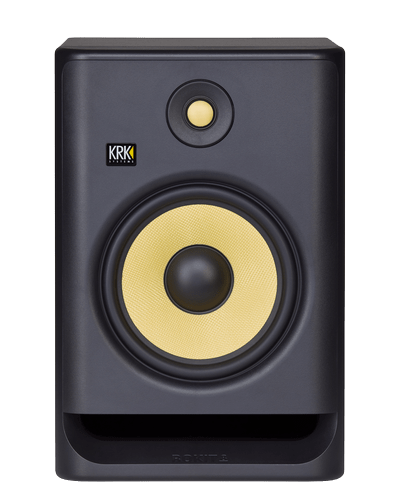
🎙 Microphone
I’m not much of a singer, but I have done some rapping in the comfort of my own shower. I needed a good mic, so I read up on some articles and learned that there are a couple of different types out there. For instance, a dynamic microphone is usually durable and able to withstand high volumes without crackling.
A condenser microphone, on the other side, is often more fragile but will in turn give more of a crisp and detailed sound, especially in the higher end. For insance, a dynamic microphone is often used in news casting and podcasts. If you’ve seen a podcast recording before then you have definitely laid eyes on the Shure SM7B dynamic microphone, as it is very popular.
For studio recordings, where a clear voice with lots of presence is needed however, a condenser microphone will usually be the best bet. I wanted to keep it cheap without letting it go too hard on quality, so I got myself a Blue Ember microphone.
Now I’ll be completely honest with you, it was not my first choice. I wasn't a huge fan of the design, and I knew that basically everyone on YouTube or Twitch used a Blue Yeti or a Blue Snowball at the time.
However, after watching a ton of reviews on YouTube and reading a bunch of articles, it was the only choice that made sense. It’s cheap, it’s durable, and it gives exceptionally good sound for it’s price range, setting me back about 90$.
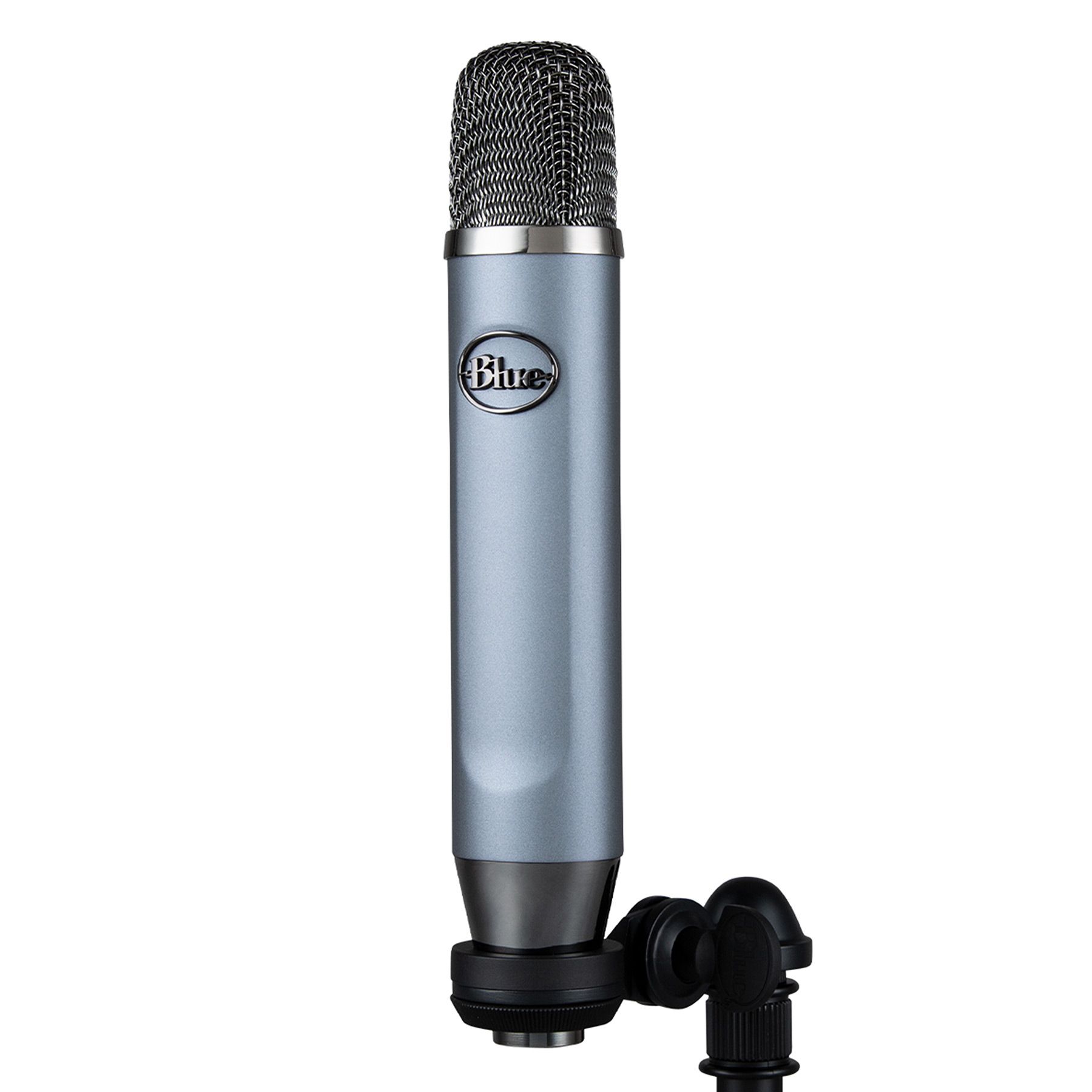
🎹 Keyboard
Some of you might find this part to be optional, I happen to disagree. A keyboard will let you play any instrument (as long as you have the software to support it, of course), and is a super-useful creative tool for making music. I stopped by my local electronics store and picked up a Keystation 47 MK3, which I absolutely love. You can pick one of these up for about 100$.
If you’re short on space (and money), I can suggest an iRig keys instead, as it takes up way less space at the cost of comfort (at least in my case).
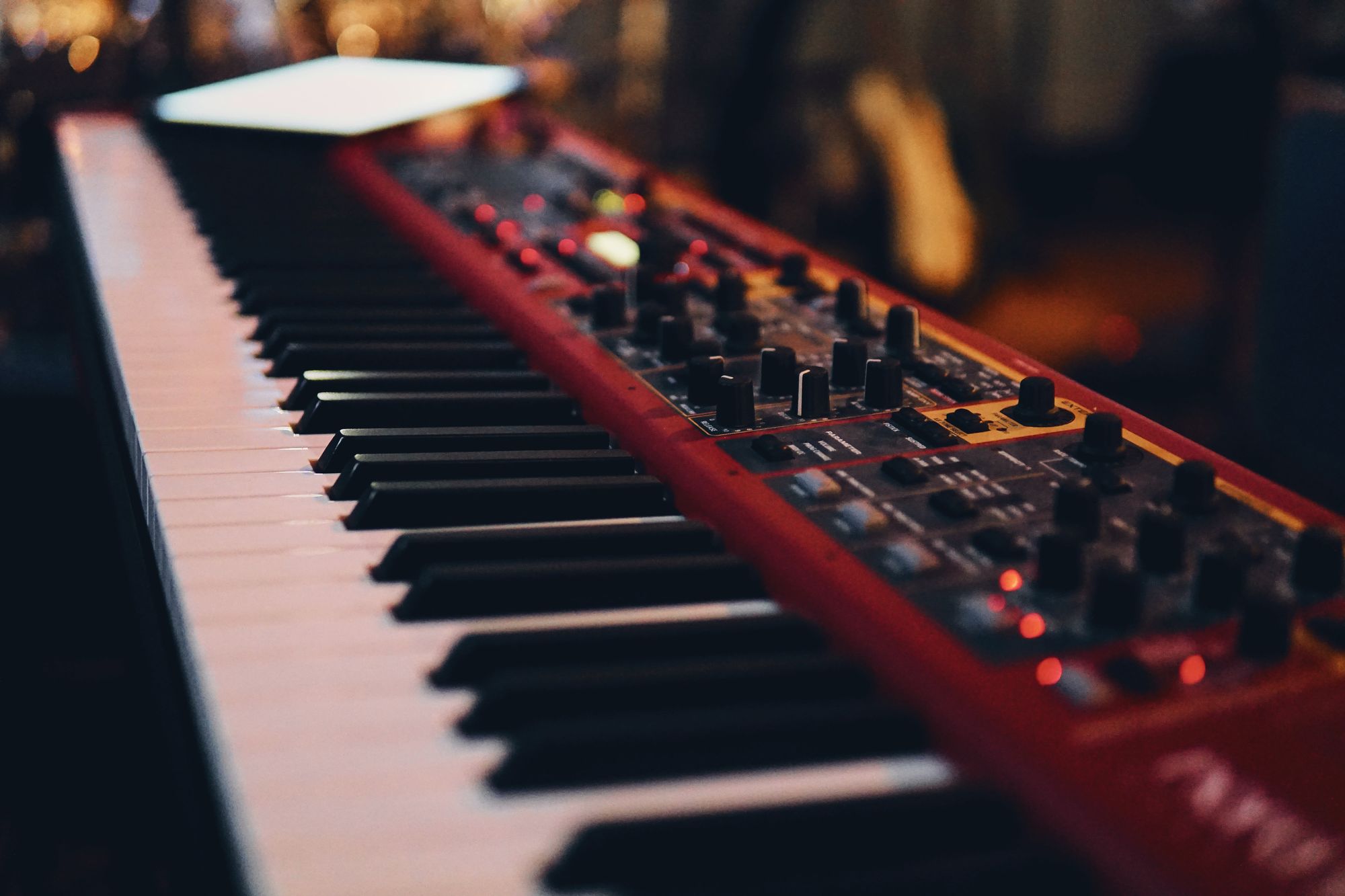
🎛 Software
When it comes to which software you use to make music with, you might have one in mind, or perhaps already purchased a license. My suggestion here is to not overthink it. Look, there are plenty of music production software out there, and none of them are perfect. A friend of mine is super satisfied with Logic Pro, while a colleague of mine likes Cubase.
I use FL Studio. It’s great for making beats and loops, and good at everything else. Now, an FL Studio license can get pretty expensive, we’re talking 490$ if you want all the plugins. I, however, went for a cheaper option, the FL Studio Producer Edition, for 189$.

I know that might still be pretty steep if you’re just starting out, so remember that there are free options out there too, if you're not super-serious about music production yet. Garageband, for instance comes with every Macbook (or is it Apple product?). You can also read HipHopMakers’ article about 35 best free apps for music production here.
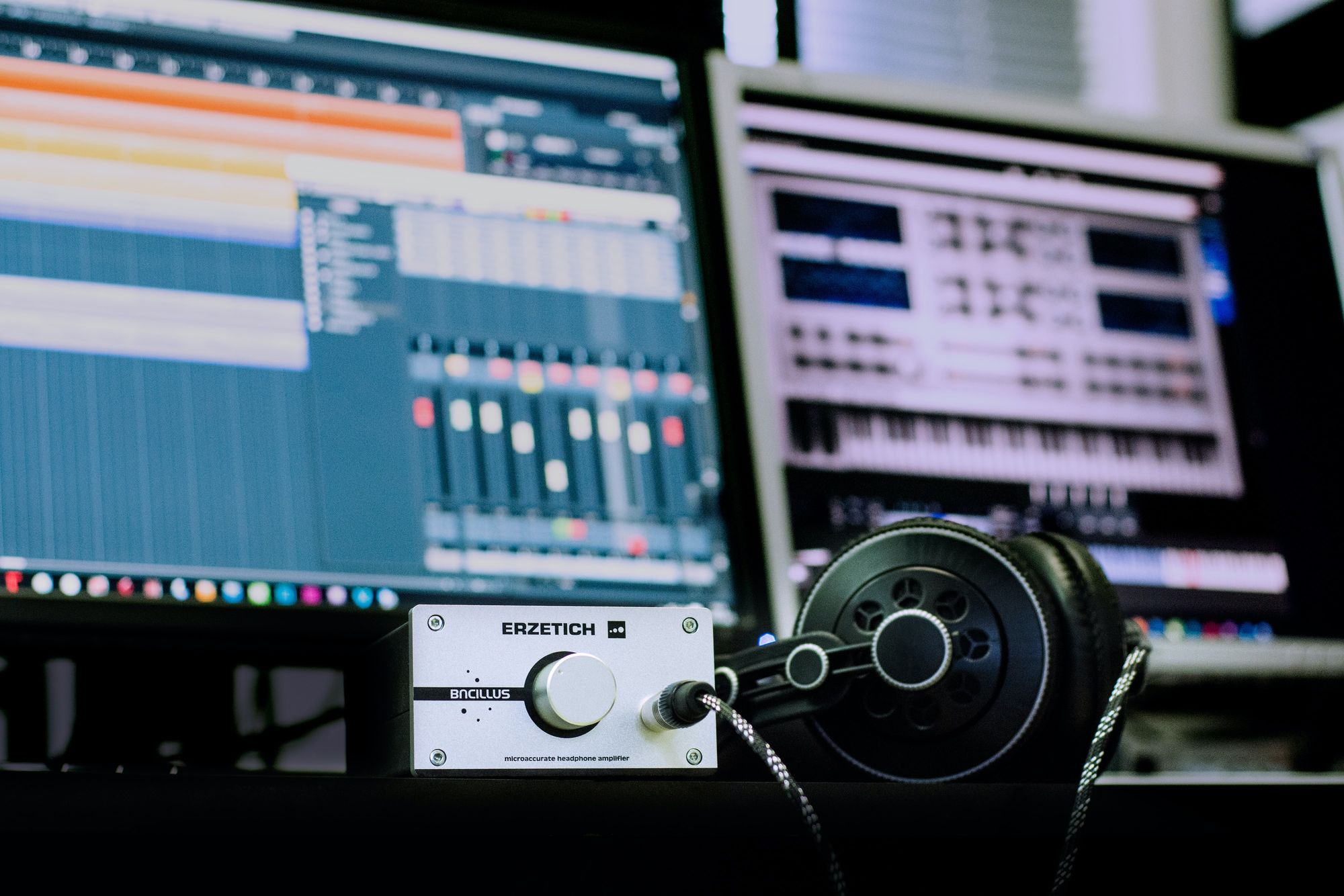
I will add that FL Studio is what I’d consider to be a beginner friendly alternative compared to some of the other ones, but none of them give you the fast track to making professional music. That learning curve is steep no matter what, but a fun one indeed.
